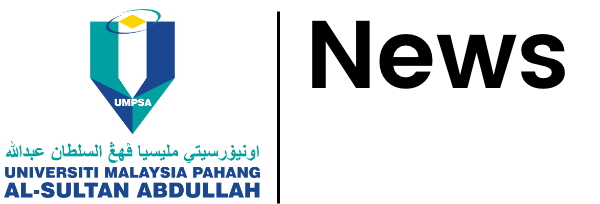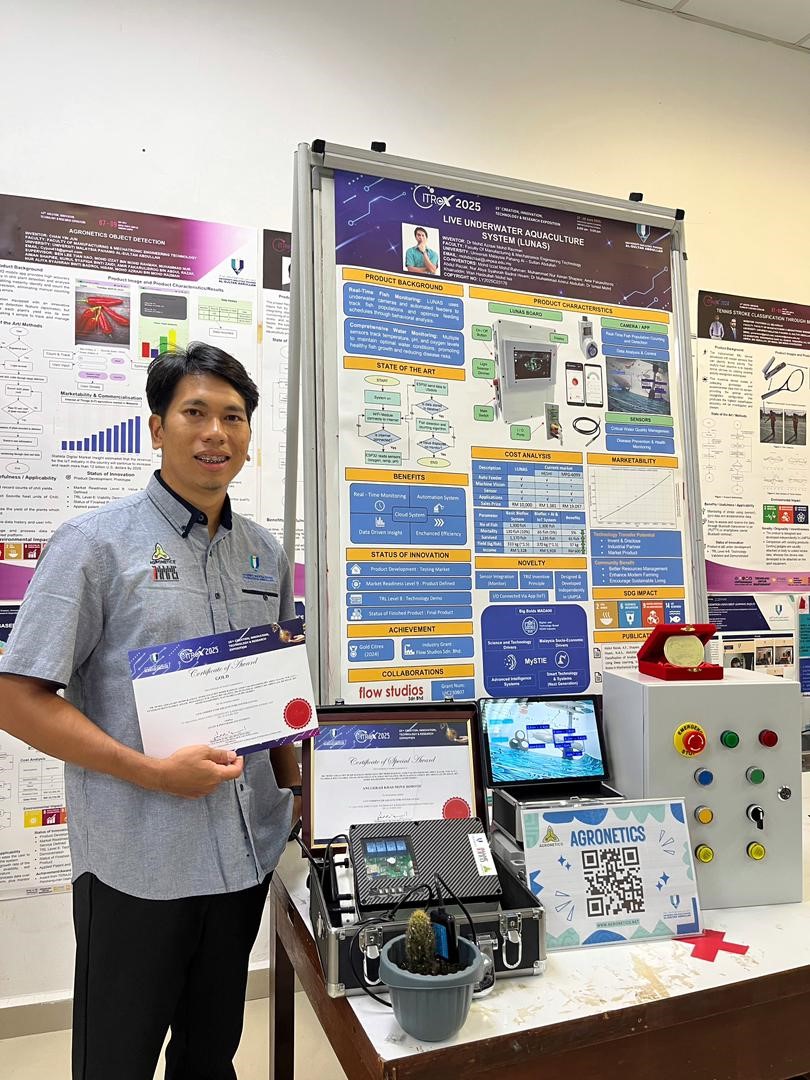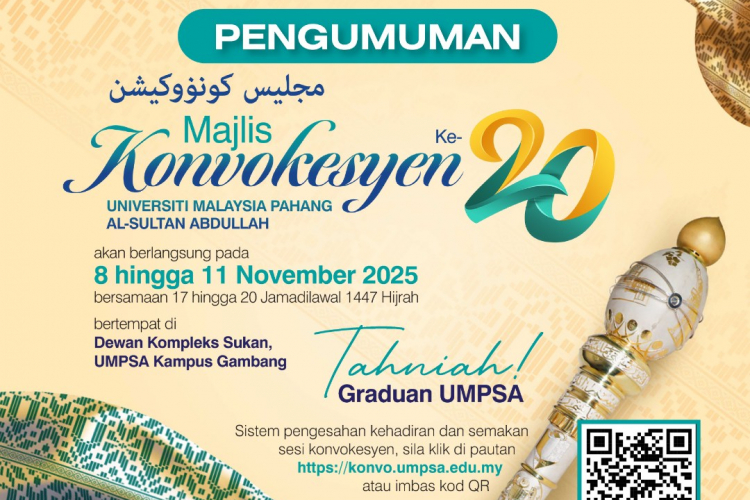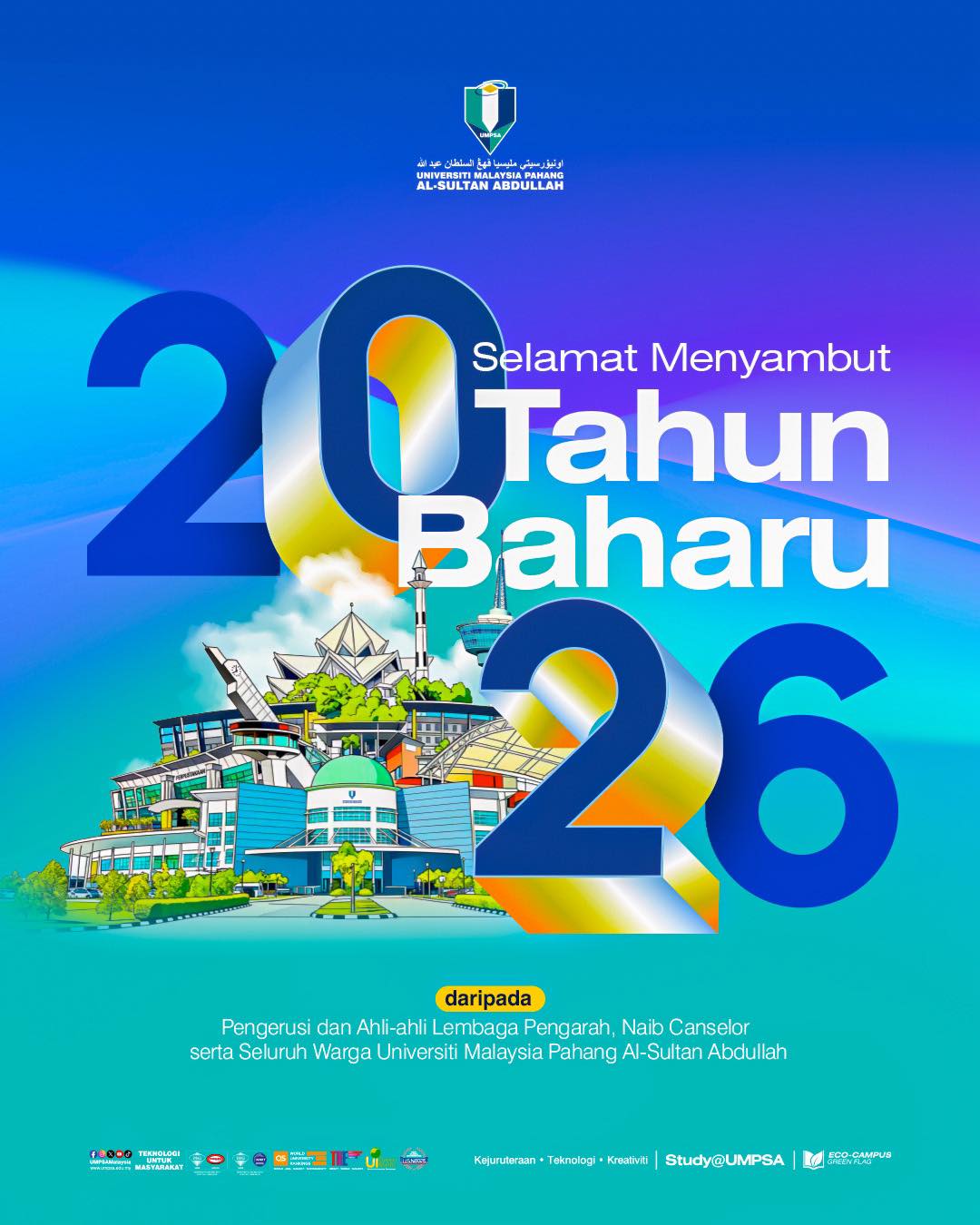Dr. Mohd Azraai unveils LUNAS: The future of AI-Powered Aquaculture
PEKAN, 14 July 2025 – In a bid to enhance efficiency and accuracy in fish monitoring, Dr. Mohd Azraai Mohd Razman, a lecturer from the Faculty of Manufacturing Engineering Technology and Mechatronics (FTKPM), Universiti Malaysia Pahang Al-Sultan Abdullah (UMPSA), has developed an AI-based automatic fish monitoring system called the Live Underwater Aquaculture System (LUNAS) — a breakthrough innovation poised to transform Malaysia’s aquaculture industry.
According to Dr. Mohd Azraai, the LUNAS system empowers fish farmers to monitor fish growth and population in real time through integrated technologies such as object detection, fish size estimation, and fish counting.
“The system is also equipped with water quality monitoring sensors to track parameters such as temperature and pH, ensuring that pond conditions remain optimal,” he explained.
The idea for LUNAS originated during Dr. Mohd Azraai’s PhD research, which initially focused on time-series data-based fish monitoring systems. As industry demands grew for an AI system capable of identifying fish species, estimating sizes, and counting populations automatically, the concept evolved into what is now known as LUNAS.
This research journey began in 2017 in collaboration with the late Dr. Yukinori Mukai, a lecturer at the International Islamic University Malaysia (IIUM), under the supervision of Professor Dr. Zahari Taha.

The following year, the collaboration expanded internationally through a research partnership with Associate Professor Dr. Gian Antonio Susto from the University of Padova, Italy, focusing on time-series classification models for fish growth data.
In 2023, the project attracted industry attention when Flow Studio Sdn. Bhd. came on board as a strategic partner to advance the system toward commercial application, particularly in refining its technical and automation features in line with industry requirements.
Dr. Mohd Azraai also collaborated with a team of researchers from FTKPM and the iMAMS Laboratory, including Dr. Muhammad Amirul Abdullah, Dr. Ismail Mohd Khairuddin, Wan Hasbullah Mohd Isa, Amir Fakarulisroq Abdul Razak, Muhammad Nur Aiman Shapiee, Nur Aliya Syahirah Badrol Hisam, and Mohd Izzat Rahman, who contributed to the system engineering and automation aspects of the project.
“This multi-university and industry collaboration has enabled us to develop LUNAS into a fully integrated, functional solution,” he said.
Designed especially for large-scale pond operations, LUNAS automates fish monitoring, reducing reliance on labour-intensive manual methods.
“Beyond that, we’ve designed the system to be affordable so that even small- and medium-scale farmers can benefit from this technology,” he added.
With its potential to boost yields and address the lack of automation in local aquaculture, LUNAS also contributes to the broader advancement of Malaysia’s fish farming industry.
Looking ahead, Dr. Mohd Azraai and his team aim to improve system accuracy, particularly in fish species identification, size estimation, and integrated water quality monitoring.
They are also working on adding enhanced Internet of Things (IoT) capabilities to enable real-time data collection and analysis.
The estimated cost of a LUNAS unit ranges between RM7,000 and RM15,000, depending on factors such as the aquaculture module type, processing components (e.g., Edge Computer), number of sensors, and the desired level of automation and control.
“We are also working on enhancing the automation system so that monitoring and analysis can be carried out fully autonomously, increasing operational efficiency for large-scale aquaculture,” he noted.
Looking to the future, Dr. Mohd Azraai envisions LUNAS evolving into a more flexible and comprehensive automation platform.
Beyond aquaculture, the system could be adapted for smart agriculture, the food industry, and broader manufacturing sectors through customizable modules and system integration.
“In the short term, our focus remains on delivering affordable, scalable solutions for small and medium-sized enterprises (SMEs) in agriculture and aquaculture to help increase productivity, lower costs, and modernize their operations,” he said.
LUNAS has already received multiple accolades, including gold medals at the Creation, Innovation, Technology and Research Exposition (CITREX) in 2024 and 2025, and a Special Award at MOVE Robotic 2025 for its innovative use of AI and automation in fish growth monitoring.
These recognitions highlight not only the academic significance of the research but also its strong commercial and industrial potential.
Beyond aquaculture, Dr. Mohd Azraai is also involved in other research initiatives under the Agronetics platform, including systems such as Agronetics Crop Detection, IoT Greenhouses, and Human Detection.
He is further exploring the application of smart technology in sports, focusing on the development of IoT-based athlete performance monitoring systems designed to enhance training outcomes.
These innovations are showcased on the official research portal https://agronetics.net, which serves as a hub for smart technology and automation research.
By: Nur Hartini Mohd Hatta, Centre For Corporate Communications
Translation by: Aminatul Nor Mohamed Said, UMPSA Career Centre (UMPSACC)
- 73 views










